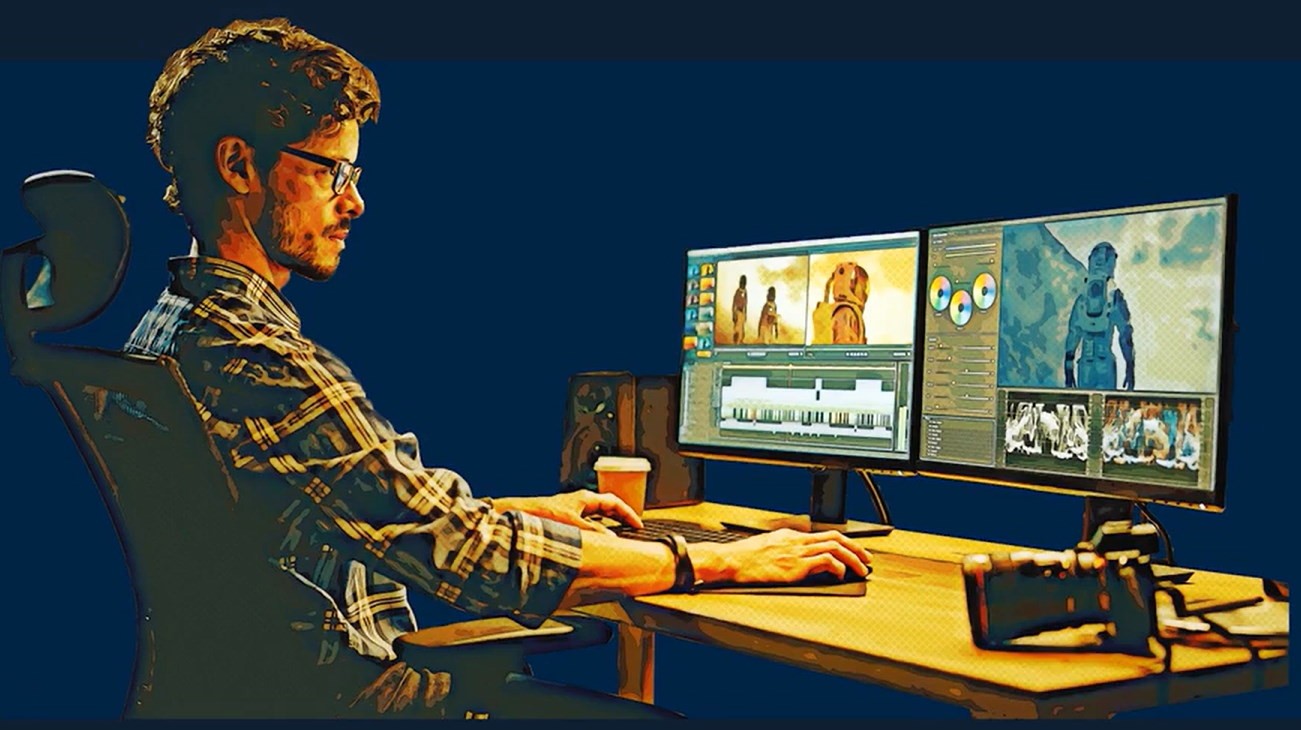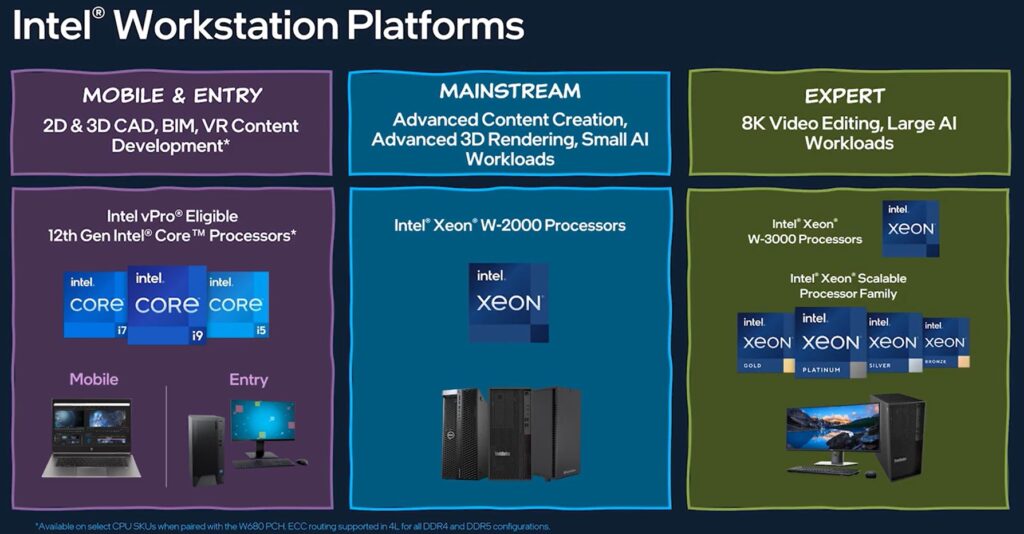

In a word, power. Most modern PC’s used in offices today have a-lot of computing ability, but a Workstation takes it to the next level.
The definition of a Workstation was simply a desktop computer version of a server, which often included CPU’s each with multiple cores, but that has changed. In reality there is no solid definition of what makes a computer a true Workstation.


In general we can say that a Workstation has these three hardware attributes:
In addition to those critical hardware components, most IT Pro’s won’t consider a PC a real workstation unless it also has:
Previously the answer was no, but today there are many high end laptops that will be branded as, and will operate as real workstations.
Laptop Workstations will favor performance over everything else so features like weight, size, heat generation, fan noise, and battery life will all be “worse” on a laptop workstation.
There are lots of corporate power users who use Workstation Computers and some of them are in fields you might not think of as needing that horsepower.
In the graphic below TAM stands for Total Addressable Market:
You can see in the graphic above that engineers are by far the largest segment of the Workstation Computer market, but you can also see in the graphic below that they are also the group that will be using them even more in the future.
This website uses cookies.